PRIVATE
Arnis Balcus, Alnis Stakle, Gunars Binde, Inta Ruka, Roman Korovin, Vilnis Vitolins, Zenta Dzividzinska
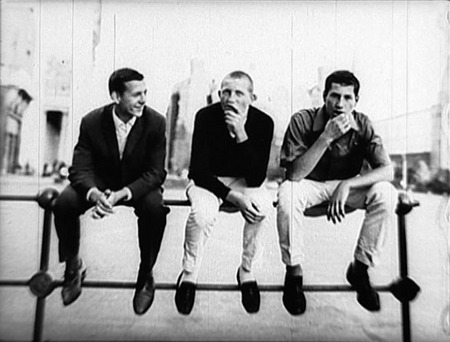
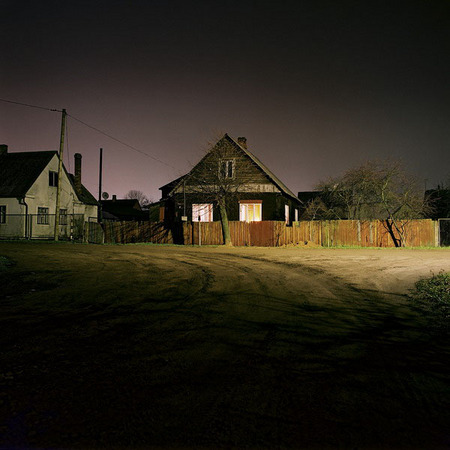
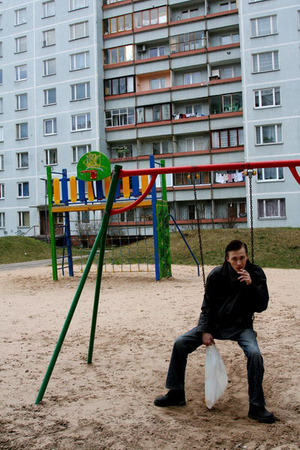
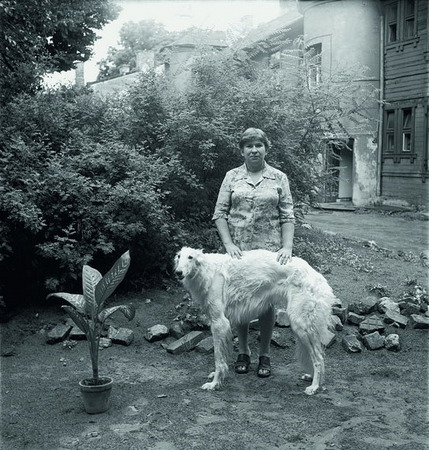
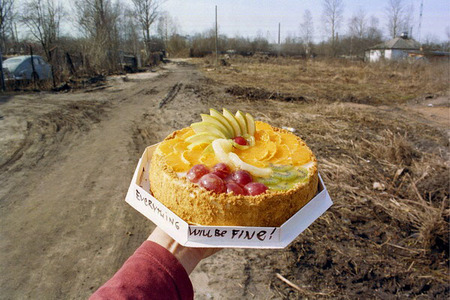
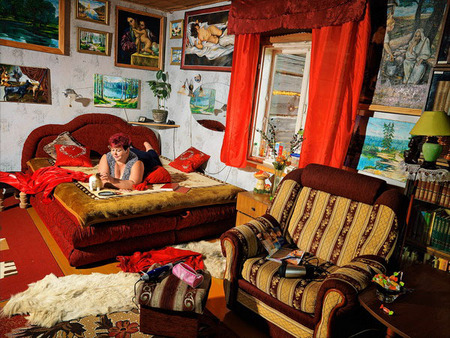
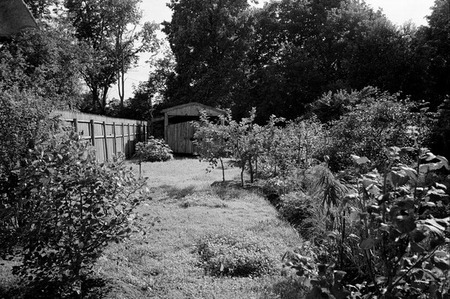
Gunars Binde. From the documentary photo film Hallo, Moscow!. 1966. Directed by Gunars Binde, screenplay written by Gunars Binde and Arnolds Plaudis. Courtesy Latvia State Archive of Audiovisual Documents. © Gunãrs Binde / AKKA/LAA
Alnis Stakle. From the series Home Sweet Home. 2006–2007
Arnis Balcus. Me the day before leaving for London. From the series Contemporary Latvians. Courtesy the artist
Inta Ruka. Irina Likhareva with dog Dasha. 2005. From the series Amayalis 5 street. Thanks to Baukunst Galerie, Cologne
Roman Korovin. From the series Garden at the Sea. 2005–2007. Courtesy the artist
Vilnis Vitolins. From the series 100 rooms. 2007. Courtesy the artist
Zenta Dzividzinska. From the series Servitude. 2002–2007. Courtesy the artist
Moscow, 19.02.2008—15.03.2008
exhibition is over
WINZAVOD CENTRE FOR CONTEMPORARY ART
4th Syromyatnicheskiy Lane, 1, bld. 6
General Information:
+7 (495) 917-46-46
Share with friends
Latvian contemporary photography exhibition
As part of the Latvian Culture Season in Russia
As part of The Seventh International Photography month in Moscow: Photobiennale 2008M
For the press
— Oh, where I live, — said the little prince, — it is not very interesting.
— It is all so small. I have three volcanoes.
— Two volcanoes are active and the other is extinct.
— But one never knows.
— One never knows, — said the geographer.
— I have also a flower.
— We do not record flowers, — said the geographer.
— Why is that? The flower is the most beautiful thing on my planet!
— We do not record them, — said the geographer, — because they are ephemeral.
(Antoine de Saint-Exupery. The Little Prince)
The word ephemeral can be used to describe everything we build, collect and construct to last. Taking the Little Prince’s point of view, the illusory sustainability and inviolability of private property can turn out to be as ephemeral as the life of a single rose.
What would the Little Prince see if he landed on the planet of property owners in the beginning of the 21st century? Slightly astonished, he would contemplate the lively hustle. His astonishment would refer to the human situation here and now — appraising each individual’s fragility and smallness, wherein everybody has a wish to confirm and secure his own presence on the planet through things that seem to last eternally. As a remedy against the undefinable weltschmerz, he would behold houses built and decorated by the inhabitants of the planet, lawns they regularly mow and water, their art collections and libraries, gigabytes of photographic notes they keep in their personal computers, each and every tiny piece of evidence that proves their existence.
The Little Prince would be astonished by the beauty that unexpectedly reveals itself in places that busy people living on the planet haven’t even noticed, and by the passion and zeal with which they establish, populate and adorn all corners of the planet with signs marked «Private». The Little Prince would curiously look into their homes and talk with the owners — just to fit in and understand. Although our artists are living on the same planet of property owners, theirs is the astonished look of the Little Prince — the artists want to fit in and understand as well.
The classic values of Latvian photography are represented by the world-famous masters Gunars Binde and Inta Ruka, who has become the most well-known photographer from Latvia in the international art scene today. Classic values of color photography are nurtured by the young but already well-known photographer Alnis Stakle (represented by Gallery.Photographer.ru, Moscow) who works extensively on international scale and has received the first prize in fine art photography category in the Latvian Photography Prize of the Year organised by LATIO (2006). Conceptual photography is represented by the artist Roman Korovin (he has received Latvian Photography Prize of the Year for the best photo exhibition, 2007). Zenta Dzividzinska works with the traditional black-and-white photography (she has received Latvian Photography Prize of the Year for the best photo exhibition, 2006).
The photographer Vilnis Vitolinsh uses the most up-to-date digital image processing technologies to achieve the most detailed and the most precise depiction of reality. The youngest generation of Latvian artists is represented by Arnis Balchus who lives and works in Riga and London.
Curated by Alise Tifentale
Exhibition organized by:
State Limited Liability Company Latvijas Koncerti
Association Agency UKSUS
Contemporary Art Center Winzavod
Moscow House of Photography
Generously supported by:
Ministry of Culture of the Republic of Latvia
Ministry of Foreign Affairs of the Republic of Latvia
State Culture Capital Foundation of Latvia
Federal Agency of Culture and Cinematography of Russia
LATIO Ltd.
Portal www.culture.lv


